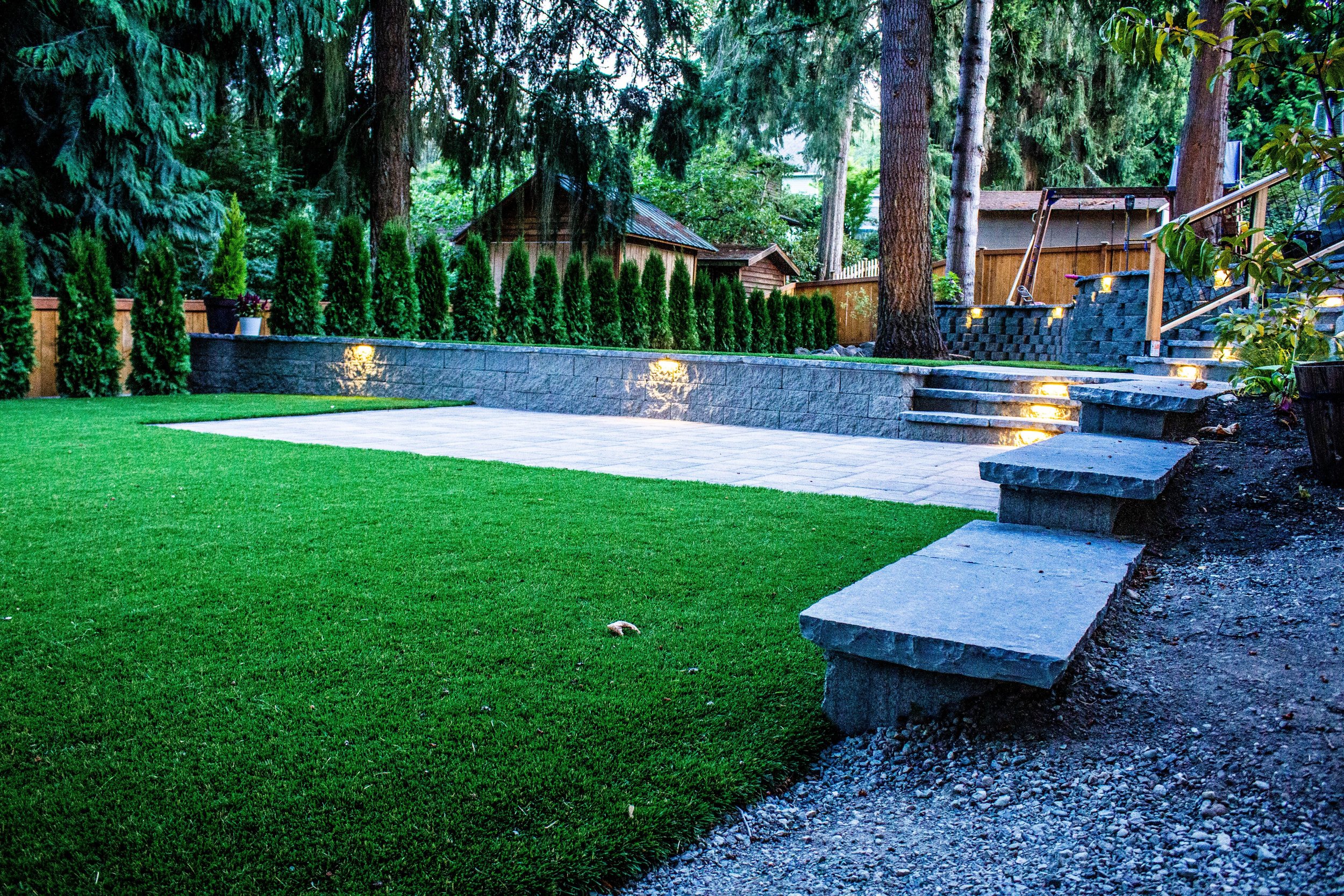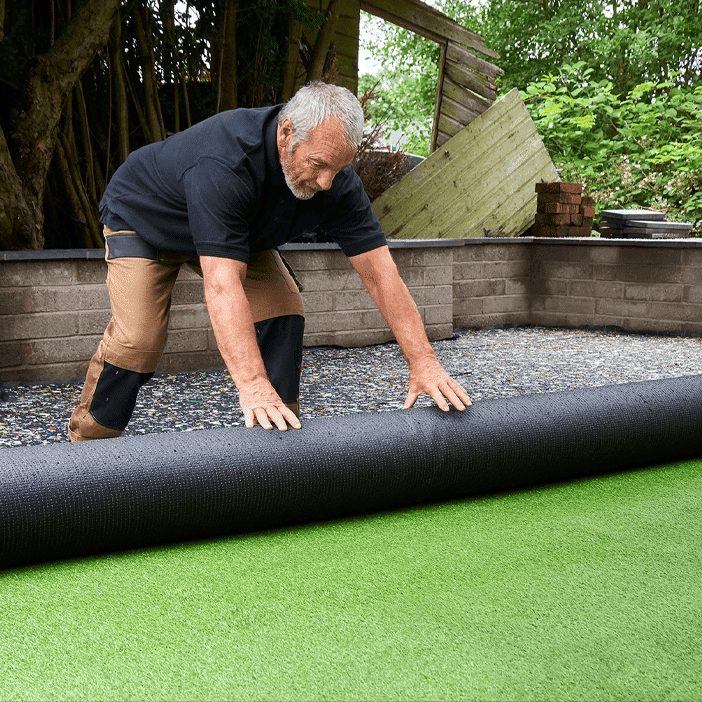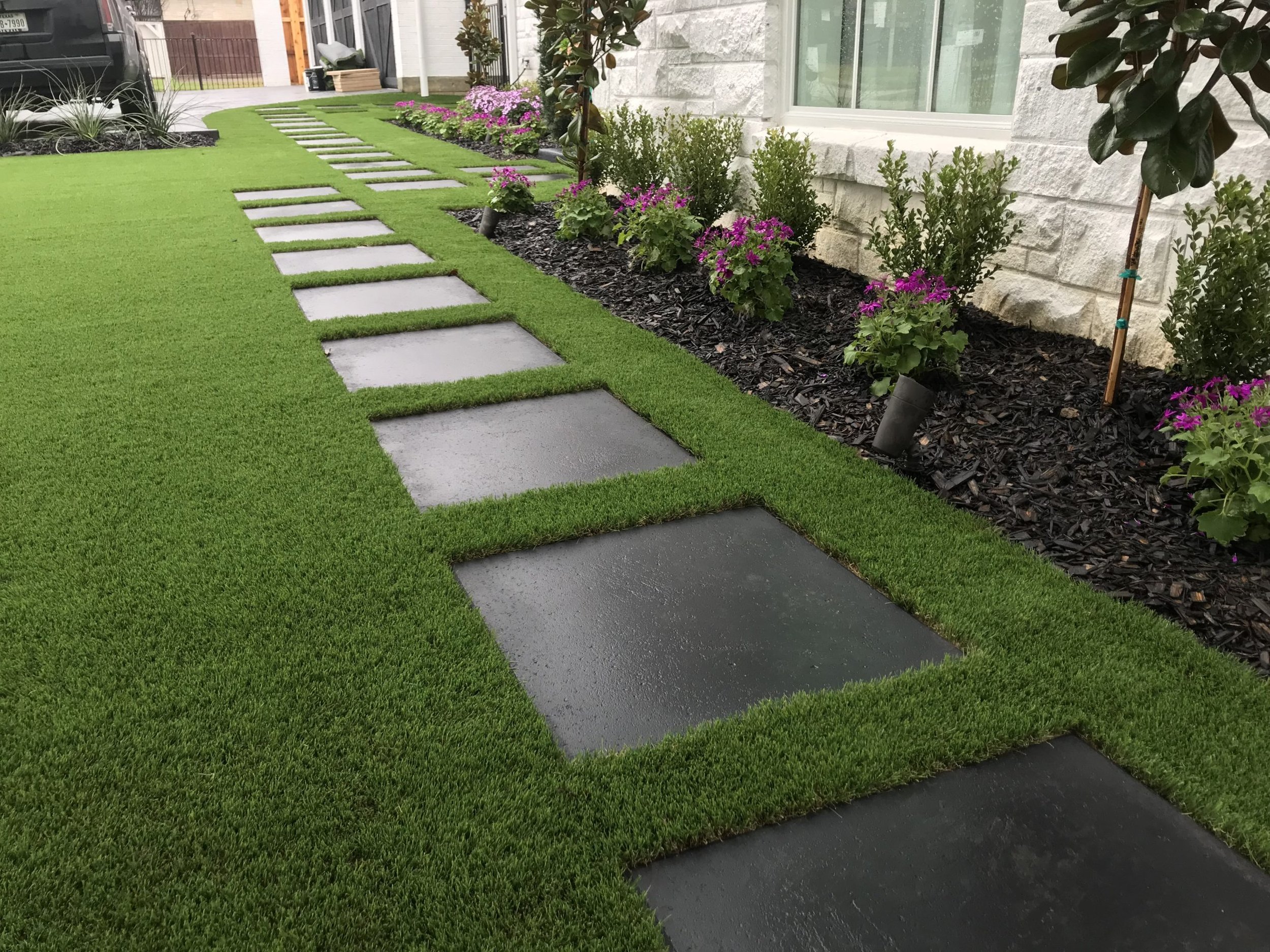Find Trusted Artificial Turf Companies Phoenix for High-Quality and Realistic Grass
Find Trusted Artificial Turf Companies Phoenix for High-Quality and Realistic Grass
Blog Article
Look Into the Environmental Perks of Opting for Artificial Lawn Solutions
The fostering of synthetic grass options offers an engaging chance to resolve pressing ecological obstacles. By substantially lowering water usage and minimizing the application of hazardous chemicals, these alternatives not only advertise lasting landscaping however likewise shield local ecological communities.
Water Preservation Perks
One of the most considerable advantages of man-made grass is its capability to save water. In comparison, fabricated grass does not need watering, significantly decreasing the overall demand for water sources.
By removing the need for normal watering, synthetic grass contributes to sustainable landscape methods and assists alleviate the environmental effect of excessive water intake. The preservation of water expands to the decrease of drainage, which can lead to soil erosion and waterway contamination.
In addition, the setup of synthetic grass permits home owners and districts to assign water sources extra successfully, concentrating on important usages such as drinking water and agriculture. The shift in the direction of artificial lawn not just advertises accountable water use but additionally aligns with more comprehensive environmental goals focused on maintaining all-natural sources.
As areas significantly focus on sustainability, the water conservation benefits of artificial lawn offer an engaging instance for its fostering in residential and industrial landscape design tasks.
Lowered Chemical Use
The transition to synthetic grass substantially reduces the dependence on chemical treatments generally used in all-natural grass maintenance. Conventional lawn management commonly entails the application of herbicides, chemicals, and plant foods to advertise development and control parasites. These chemicals can position risks to human health, local wildlife, and the environment, adding to soil and water contamination.
In comparison, fabricated grass eliminates the requirement for these hazardous materials. By lessening the launch of synthetic compounds right into the community, man-made lawn advertises healthier soil and water systems.
Furthermore, the absence of chemical overflow connected with synthetic grass installations aids shield regional waterways from pollution, supporting aquatic life and preserving biodiversity. Arizona artificial turf. As neighborhoods increasingly focus on sustainable practices, choosing synthetic grass presents a sensible service that lines up with ecological conservation goals. With this shift, homeowner can delight in rich eco-friendly areas without jeopardizing eco-friendly health, leading the way for a much more lasting future
Reduced Carbon Impact

Moreover, the setup of artificial grass can cause significant water preservation. All-natural lawns need significant quantities of water for irrigation, which not just contributes to the carbon impact connected with water removal and therapy but also strains regional water resources. In contrast, synthetic grass needs minimal upkeep, calling for no watering, therefore significantly minimizing water use and its linked energy expenses.
In addition, the long life of artificial grass contributes to its lower carbon effect. With a lifespan of up to 15 years or more, the requirement for constant substitutes is lessened, resulting in less waste and reduced power consumption in manufacturing and throwing away traditional grass options. Generally, synthetic grass provides a lasting option for ecologically aware landscaping.
Environment Preservation
Habitat conservation is an essential factor to consider in the debate over landscape design selections, particularly when contrasting man-made lawn to natural grass. Natural lawn yards commonly require extensive maintenance, including making use of herbicides, fertilizers, and pesticides, which can detrimentally influence regional ecological communities. These chemicals can leach into the dirt and rivers, harming indigenous vegetation and fauna and interrupting regional habitats.
Artificial turf eliminates the demand for unsafe chemicals, thus securing neighboring wildlife and preserving the honesty of bordering communities. The installment of man-made lawn can lead to the conversion of previous grass areas right into even more biodiverse landscapes, such as pollinator yards or indigenous plant areas, which can support neighborhood wild animals.
Inevitably, the transition to synthetic grass not just saves water and decreases maintenance efforts but also cultivates an extra harmonious connection between human tasks and the native environment, advertising environment conservation while doing so.
Long-Term Sustainability
Long-lasting sustainability is a vital element in reviewing the advantages of synthetic lawn over conventional grass yards. One of one Related Site of the most considerable benefits of artificial turf is its resilience; it can last up to 15-20 years with marginal maintenance, whereas natural grass calls for regular reseeding and replacement. This long life minimizes original site the need for consistent resources, such as water, fertilizers, and pesticides, which are essential for preserving a healthy turf lawn.
Additionally, fabricated lawn adds to a reduction in carbon exhausts related to grass care equipment. Typical lawns typically call for gas-powered mowers, trimmers, and blowers, every one of which add to air contamination. Arizona artificial turf. In contrast, synthetic grass removes the requirement for such tools, advertising a cleaner atmosphere
In addition, the production of synthetic grass increasingly uses recycled products, boosting its sustainability profile. As suppliers adopt eco-friendly methods, the ecological impact of synthetic grass remains to lessen.

Conclusion
The adoption of fabricated turf services provides considerable environmental advantages, including substantial water conservation, minimized dependence on unsafe chemicals, and a lower carbon impact. Artificial he has a good point turf help in maintaining all-natural environments by reducing land disturbance and advertising lasting sustainability with the use of durable materials. Collectively, these factors highlight the possibility of synthetic lawn to contribute favorably to environmental wellness and supply a sensible option to conventional landscaping techniques in a significantly resource-conscious globe.
In comparison, synthetic turf does not need watering, dramatically reducing the overall demand for water resources. By decreasing the release of synthetic substances right into the community, artificial grass promotes much healthier soil and water systems.
In addition, the installment of synthetic turf can result in significant water conservation. In comparison, man-made lawn needs marginal maintenance, needing no watering, thereby dramatically minimizing water usage and its linked power expenses.

Report this page